The Plastic Injection Molding Process
Since 1956, The Rodon Group has been a leader in thermoplastics manufacturing. Specializing in tight-tolerance injection molding of custom, small plastic parts, we work with our customers from design to fulfillment to create extremely precise plastic components, no matter how complex.
Plastic injection molding is a versatile and cost-effective manufacturing process suitable for large production runs ranging from hundreds of thousands to millions of parts. So, how does this process work?


Plastic Injection Molding Process Cycle
To prepare for the automated process cycle to begin, the plastic material is manually entered to fill the barrel. Plastic injection molding follows several steps, which work together throughout the process cycle to achieve the desired results.
The basic stages of the plastic injection molding process cycle are:
Step One: The Mold Closes
Plastic resin is melted in the barrel prior to the mold closing under high pressure.

Step Two: Injection
The molten plastic is injected into the mold through a nozzle. This is done at the proper force and speed needed to fill all cavities of the mold.

Step Three: Cooling
Once the mold is filled, the resin must cool to form the final part. While the part is cooling, the screw retracts and reloads with more molten plastic to prepare for the next injection molding cycle.

Step Four: Ejection
Once the molded part cools to the appropriate temperature, the mold opens, and ejector pins push the part out in a forward motion. Once the part(s) are ejected the mold closes and the previous steps repeat.

The Plastic Injection Molding Manufacturing Cycle
The many benefits of plastic injection molding make it a popular manufacturing method for various industries. When selecting plastic injection molding for a particular application, it’s essential to understand the various steps involved in the manufacturing process.
At The Rodon Group, our plastic part production process follows these steps:
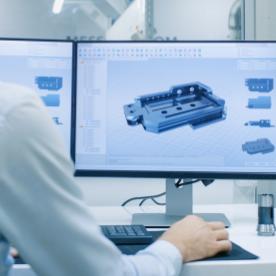

Designing
During the part design stage, it’s important to consider factors such as boss design, gate placement, corner transitions, rib design, wall thickness, vent placement, and weld lines.
The design phase includes extensive planning, prototyping, and testing to prevent delays, defects, and other issues that may arise in the early manufacturing phases.
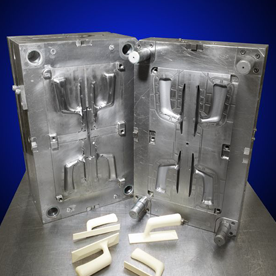

Mold Making / Fabrication
There are many factors to consider when making a mold, including core metal, required cavities, mold base, machining, and complexity. Before full production, all molds must undergo quality control and careful testing to ensure project success.
The combined effort of our designers and toolmakers results in molds that ensure quality, precision tolerances, and optimized cycle times.
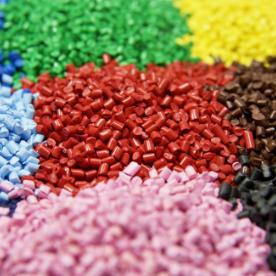

Material Selection
There are many plastic resins available for the injection molding process. Things to consider when selecting the proper resin include:
- The aesthetic appearance of the part.
- Stress, strength, and rigidity/flexibility requirements of the part.
- Required resistances.
- Part service life.
- Regulatory requirements
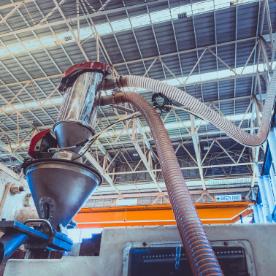

Machine Selection—Electric, Hydraulic, Hybrid
There are three types of injection molding machines: electric, hydraulic, and hybrid. Electric machines are powered by digitally controlled, high-speed servo motors; hydraulic machines are powered by hydraulic cylinders, and hybrid machines combine both for enhanced performance.
Each of these machines has its own advantages and disadvantages, so it’s important to consider the needs of your project when selecting the proper injection molding machine.
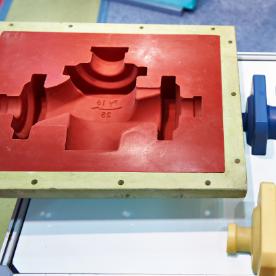

Preparation
Once the mold is ready and the proper resin and machine are selected, preparation is complete, and an initial run can begin.
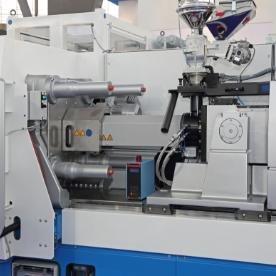

Initial Run
The purpose of an initial run is to perform stringent quality assurance examinations and identify potential defects and other issues. Full production can begin once the initial run is cleared.
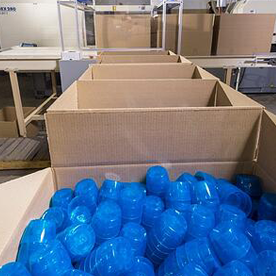

Full Production
During full production, quality checks occur at regular intervals to prevent problems from arising. These measures check for common defects such as part strength, color troubleshooting, and flashing or warping.
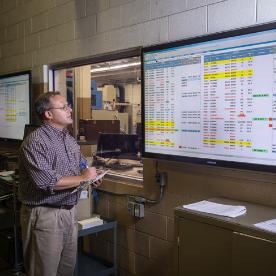

MRP
At The Rodon Group, our Material Requirement Planning (MRP) system allows us to track all material inventories in real-time. This enables us to monitor projects from design through delivery as well as support client inventory planning initiatives.
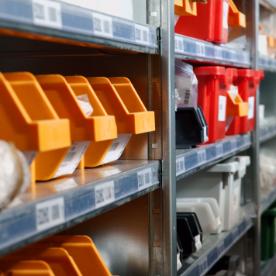

Inventory
It’s essential to maintain inventory to accommodate emergencies, unexpected sales peaks, and other changes. The Rodon Groups keeps a safety stock on hand to accommodate sudden shifts in demand.
Plastic Injection Molding from The Rodon Group
At The Rodon Group, we are experts in high-volume, custom plastic injection molding. Regardless of your specifications, we can create high-quality, low-cost solutions for your application. To learn more about our plastic injection molding manufacturing process and capabilities, contact us or request a quote today.







